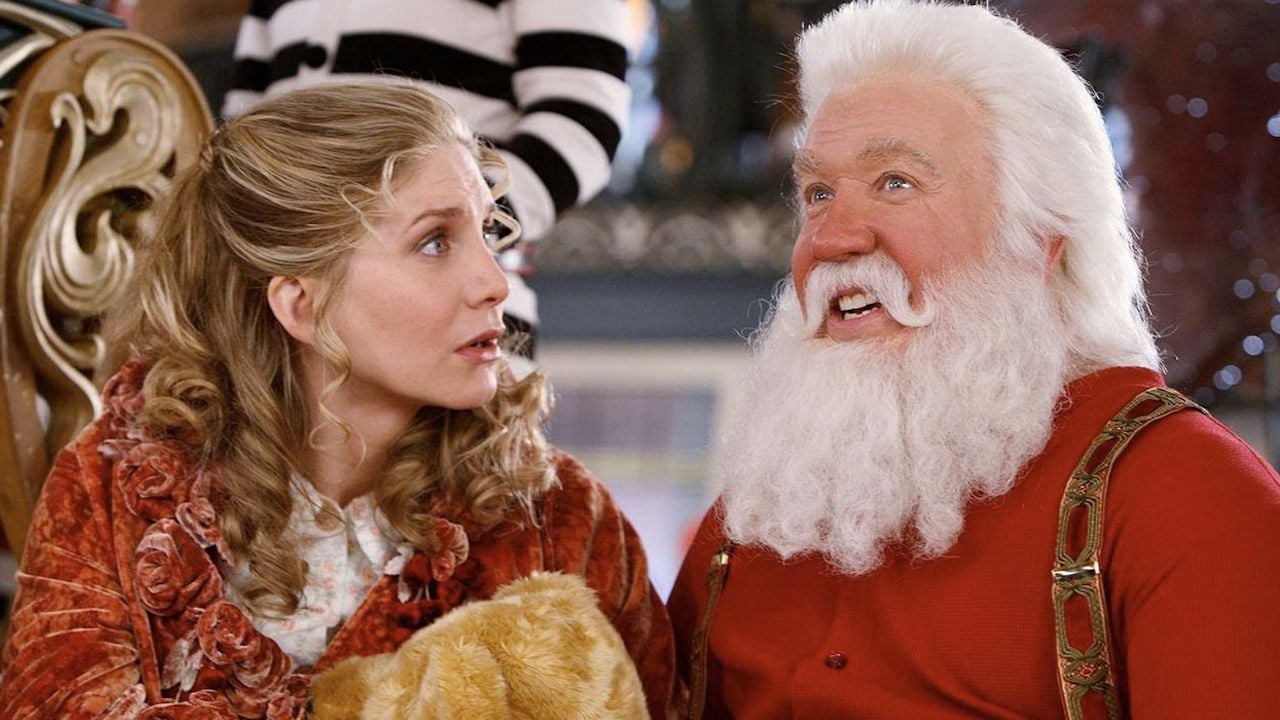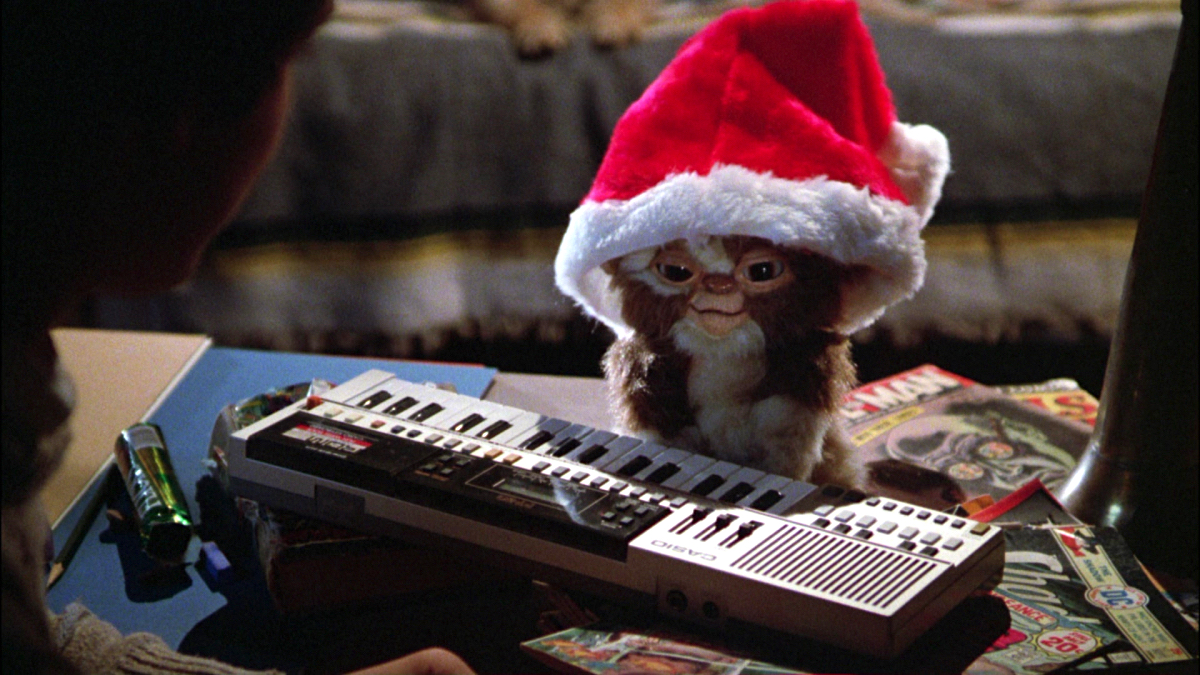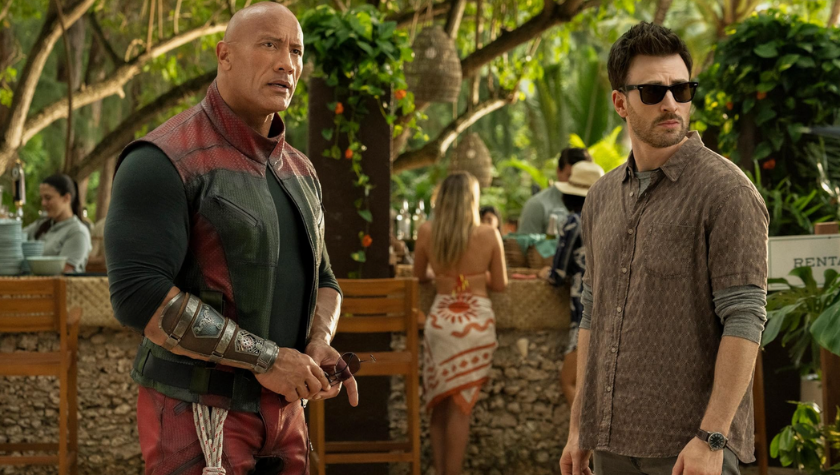5 Screenwriting Takeaways: 'Santa Claus Conquers the Martians'
December 23, 2021
Did you ever wish there was a Christmas film in which Santa Claus is kidnapped by Martians, rocketed off to Mars, and inevitably gives everyone on the planet the Christmas spirit?
Probably not, but such a film was made nonetheless.
Santa Claus Conquers the Martians (1964) was the brainchild of producer Paul Jacobson. Referring to the concept as a “yuletide science fiction fantasy”, Jacobson thought the film could fill a marketplace void. “Except for the Disneys,” he said, “there's very little in film houses that children recognize as their own.” Thus, much like the Martians in the film hoped to bring Martian children the joys of Christmas by bringing Santa Claus to them, Jacobson hoped to create a film that would likewise enrich the lives of children on Earth
Or, he saw it as an easy way to make money and break into the film business. Either way, with this concept burning fiercely in his mind, Jacobson enlisted writer Glenville Mareth to help him with the story but ended up penning the screenplay himself. A producer writing a Santa Claus sci-fi film: What could possibly go wrong, right? Nicholas Webster came on board to direct and amazingly enough, Jacobson succeeded in selling the film's distribution rights. On a budget of two-hundred thousand dollars, filming took place over two weeks in July to August 1964, at the Michael Myerberg Studios on Long Island. Jacobson said, “At this particular studio, with a group of wonderfully cooperative technicians, we've been able to get a lot of production value from our low budget. We're also shooting in color to get full, picturesque effects with our toy factors and Martian and North Pole backgrounds.”
Santa Claus Conquers the Martians was released in November of 1964 to negative reviews and underperforming at the box office. Not only did the film not end up being the instant holiday classic Jacobson imagined, but it was also released without a proper copyright notice and was never formally reinstated. The film remained in the public domain in the US, allowing it a second life on home video and a cult following as “one of the worst films ever made.” Santa Claus Conquers the Martians gained renewed interest in the 1990s thanks to being featured on an episode of the popular comedy series Mystery Science Theater 3000. The episode would become a holiday staple on Comedy Central, and much like Ed Wood’s Plan 9 from Outer Space, the film has become legendary due to its utter badness.
Regardless of the camp factor, a screenwriter can learn just as much from a bad film as a good film, and as such, here are five takeaways for anyone wishing to write a screenplay that actually works…
1. Don’t put a character who’s not usually in space in space
This might seem obvious enough, but there has been a handful of films, usually sequels, that have made this mistake. From Moonraker to Airplane II: The Sequel to Leprechaun 4: In Space, the move to outer space is usually viewed as a “jump the shark” moment for a franchise. James Bond might’ve survived, but the producers wisely returned the character to his more grounded roots in the subsequent film (the back-to-basics For Your Eyes Only). Perhaps the most notorious “in space” sequel is 2001’s Jason X, in which the hockey-masked slasher is thawed out in the year 2455 and proceeds to kill a bunch of young people on a spaceship. I personally enjoyed Todd Farmer’s screenplay, but the film didn’t work for most Friday the 13th fans and is often cited as one of the worst entries in the series. Generally speaking, one shouldn’t put an Earth-bound character into space unless they’re an astronaut or a character introduced to audiences that way. No matter the story, putting Santa Claus into space wasn’t going to work for people.
2. Choose your focus characters wisely
Entering the story primarily through the less relatable Martians rather than human characters was another mistake. It would have been better to introduce the Martians when kidnapping Santa and reveal their reasons for doing so afterward. There is way too much front-loaded exposition and any chance for intrigue is squandered in the film’s first act. The story should have been entered via the two Earth children and allowed their journey to be the primary journey of the film. The audience would learn things as they learn things—this is basic Jospeh Campell “Hero’s Journey” stuff (although in Paul Jacobson’s defense, George Lucas hadn’t yet popularized Campell’s hero myth pattern). Instead, the filmmakers of Santa Claus Conquers the Martians seem strangely preoccupied with the Martians; their conflict and drama, while Santa and the Earth children are relegated to supporting characters. Imagine Willy Wonka & the Chocolate Factory if rather than Charlie Buckett and Grandpa Joe, we entered the story via Willy Wonka and the Oompa-Loompas and they remained the film’s focus characters?
3. Watch out for plot holes
From the dialogue, it sounds like the Martians have never traveled to Earth despite having the technology to do so. They also appear to be clueless about its culture as a whole despite having Earth TV programming available to them. The Martians are portrayed as a technologically advanced race, so it doesn’t make much sense that they wouldn’t be interested in learning about Earth and its culture (if only as a purely scientific exercise)—especially since they make the effort to go steal one of its pop-culture icons. Strangely enough, even though the adult Martians are clueless about Earth culture, the Martian children appear to know all about it and later on request baseball bats and Earth dolls from Santa and his workshop. No doubt they learned this from the Earth programs they watched, but it’s never explained why only the children watch Earth programs. And why aren’t there any Martian programs on the TV? For such an advanced and rigid culture, you’d think they would want to indoctrinate their citizens with some Martian content.
4. Cut down on exposition
Half of the film’s dialogue is explaining Martian technology or things commonly known about Santa Claus. Rather than explaining away things that most audiences don’t care about, there should have been a stronger emotional throughline and more character-revealing dialogue. We know practically nothing about the Earth kids and only slightly more about Santa. Yet we know an awful lot about Martian gadgets! Strangely when things need to be explained, they aren’t. Like who’s flying the rocket that brings Santa and the children back to Earth at the end? Is it Martians or Santa himself? There’s just an awkward cut of Santa and the children bidding farewell to the Martians and then we see a rocket flying in space. Cue credits and annoying theme song. The filmmakers made such a meal of the Martians flying to Earth to abduct Santa, but then it’s like, “He goes home. The End.”
5. Don’t have a passive Santa
Santa Claus has generally been portrayed as jolly and affable, but this Santa just comes off as daft. He laughs constantly and doesn’t appear upset or concerned about being kidnapped, and so close to Christmas, at that. For a holiday story, Santa potentially missing Christmas is pretty high stakes, but the filmmakers barely lean into this ticking clock. It just seems like Santa doesn’t really care, and if Santa doesn’t care about missing Christmas, why should the audience care? Even when Santa and the children are threatened on several occasions, Santa’s behavior is strangely chill. It not only makes Santa unrelatable, but it also kills any potential tension. Even after Santa learns that the Martians plan to never return him to Earth, he doesn’t seem to care. He’s content with making toys for Martian children and keeps on being jolly. What’s up with this guy? Ultimately, it’s only due to the incompetence of the bad Martians and the good Martians feeling sorry for the Earth children, that Santa is permitted to return home (thankfully in time for Christmas). Call me crazy, but I like Santa to be a little more proactive when Christmas is on the line.
Santa Claus Conquers the Martians is available to watch on Amazon Prime and Paramount Plus.
Written by: Edwin Cannistraci
Edwin Cannistraci is a professional screenwriter. His comedy specs PIERRE PIERRE and O’GUNN both sold with more than one A-list actor and director attached. In addition, he’s successfully pitched feature scripts, TV pilots and has landed various assignment jobs for Universal, Warner Bros, Paramount and Disney.



